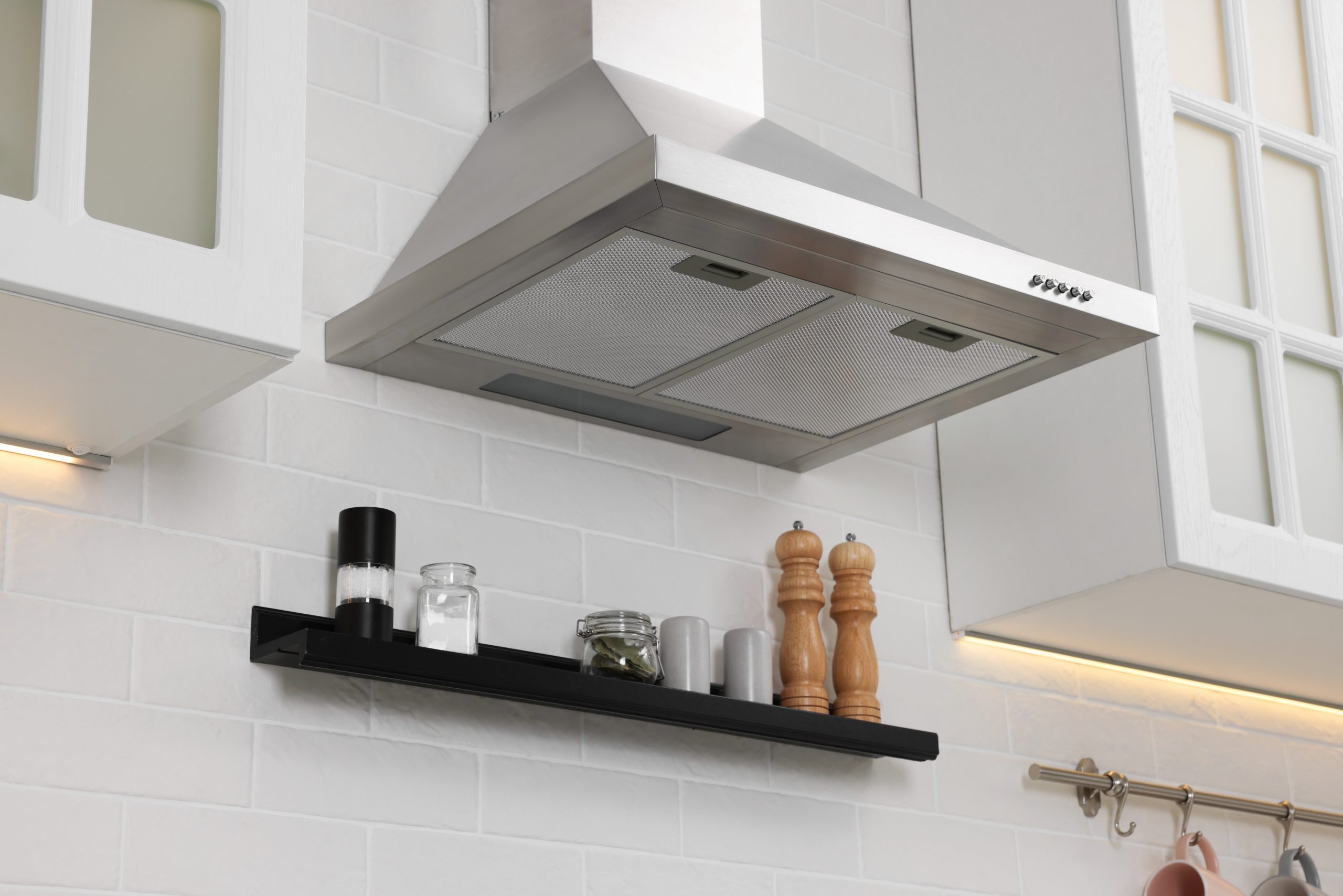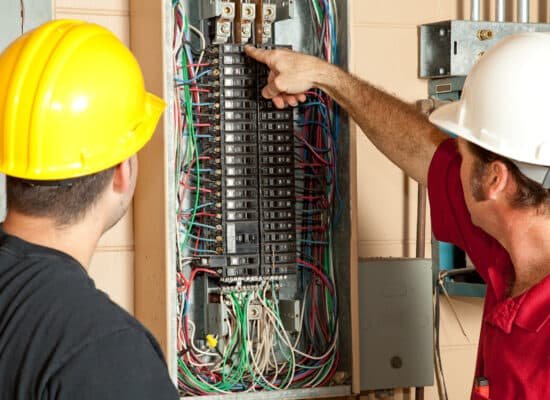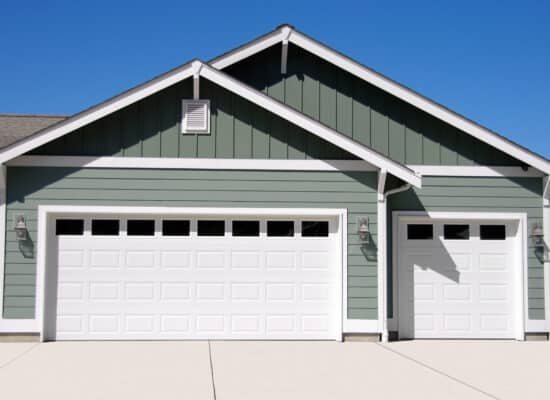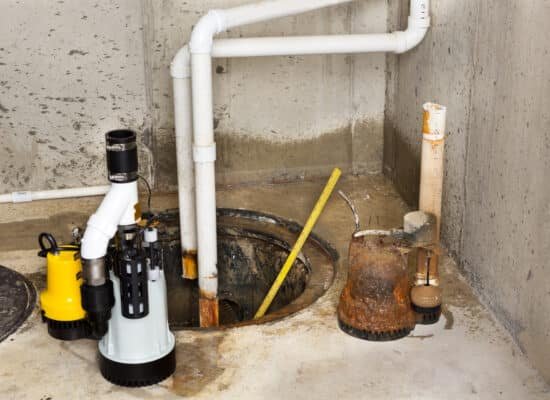In the heart of our homes, the kitchen serves as a gathering place for family and friends, where meals are prepared and memories are made. However, the cooking process can release a variety of pollutants, including smoke, grease, and odors, which can linger long after the meal is finished. This is where the importance of best range hoods comes into play.
Table Of Content
- Key Takeaways
- Factors to Consider When Choosing a Range Hood
- Size Matters
- Installation and Ventilation
- Ducted vs. Ductless Range Hoods
- Top Ventilation and Filtration Systems for a Clean Kitchen
- Stylish Range Hood Designs to Complement Your Kitchen Decor
- Energy-Efficient Range Hoods for Eco-Friendly Kitchens
- Innovative Features to Look for in Modern Range Hoods
- Maintenance Tips for Keeping Your Range Hood in Top Condition
- Installation and Placement Guidelines for Range Hoods in Your Kitchen
- FAQs
- What are range hoods?
- Why are range hoods important?
- What are the different types of range hoods?
- What factors should be considered when choosing a range hood?
- What are some popular brands of range hoods?
- How do range hoods work?
A range hood acts as a powerful ventilation system that helps to remove these unwanted byproducts from the air, ensuring that our kitchens remain clean and pleasant environments. By effectively capturing smoke and steam, a range hood not only enhances air quality but also protects our kitchen surfaces from grease buildup, which can lead to more extensive cleaning and maintenance. Moreover, a range hood contributes to the overall safety of our cooking space.
Cooking can produce harmful gases, such as carbon monoxide, especially when using gas stoves. A well-functioning range hood helps to mitigate these risks by expelling these gases outside or filtering them before they circulate back into our homes. This is particularly crucial in modern kitchens where open floor plans are common, as it prevents the spread of cooking odors and pollutants to adjacent living areas.
In essence, investing in a quality range hood is not just about aesthetics; it is about creating a healthier and more enjoyable cooking environment for ourselves and our loved ones.
Key Takeaways
- A range hood is important in the kitchen to remove smoke, grease, and odors, and to improve indoor air quality.
- When choosing a range hood, consider the size of your kitchen, the type of cooking you do, and the ventilation and filtration system.
- Top ventilation and filtration systems for a clean kitchen include ducted hoods, recirculating hoods, and combination hoods.
- Stylish range hood designs can complement your kitchen decor, with options such as stainless steel, glass, and custom finishes.
- Energy-efficient range hoods are available for eco-friendly kitchens, with features like LED lighting and low power consumption.
Factors to Consider When Choosing a Range Hood
Size Matters
The size of our cooking area is a crucial consideration. The range hood should be appropriately sized to match the dimensions of our stove or cooktop. A general rule of thumb is that the hood should be at least as wide as the cooking surface it is meant to cover.
This ensures that it effectively captures smoke and steam, preventing them from escaping into the kitchen.
Installation and Ventilation
The height at which the hood will be installed is also important; typically, it should be positioned 24 to 30 inches above the cooking surface for optimal performance. Additionally, we need to consider the type of ventilation system we prefer. There are two main types: ducted and ductless range hoods.
Ducted vs. Ductless Range Hoods
Ducted hoods vent air outside, making them highly effective at removing heat and odors from the kitchen. On the other hand, ductless hoods filter air through charcoal or other materials before recirculating it back into the kitchen. While ductless systems are easier to install and more versatile in terms of placement, they may not be as effective in eliminating smoke and odors as their ducted counterparts.
Top Ventilation and Filtration Systems for a Clean Kitchen
As we explore the various ventilation and filtration systems available for our kitchens, we find that there are several top contenders that stand out for their efficiency and effectiveness. One popular option is the baffle filter system, which utilizes metal filters that trap grease particles while allowing air to flow freely. These filters are easy to clean and maintain, making them an excellent choice for those who frequently cook with high heat or oil.
Baffle filters are particularly effective in commercial kitchens but have also gained popularity in residential settings due to their durability and performance. Another noteworthy system is the mesh filter, which consists of multiple layers of fine mesh material designed to capture grease and particulates from the air. While mesh filters may require more frequent cleaning than baffle filters, they are often more affordable and can be found in a variety of range hood models.
Additionally, some modern range hoods come equipped with advanced filtration technologies, such as activated carbon filters that help eliminate odors and volatile organic compounds (VOCs) from the air. These innovative systems not only enhance air quality but also contribute to a fresher cooking environment.
Stylish Range Hood Designs to Complement Your Kitchen Decor
| Range Hood Design | Features | Dimensions | Material |
|---|---|---|---|
| Wall-mounted | LED lighting, touch control, stainless steel baffle filters | 30 inches | Stainless steel |
| Island | Remote control, 4-speed fan, dishwasher-safe filters | 36 inches | Glass and stainless steel |
| Under-cabinet | Push button controls, 3-speed fan, aluminum mesh filters | 24 inches | Aluminum and stainless steel |
In addition to functionality, we also want our range hoods to enhance the overall aesthetic of our kitchens. Fortunately, there is a wide array of stylish designs available that can seamlessly integrate with our decor. For those who appreciate a modern look, sleek stainless steel hoods with minimalist lines can add a contemporary touch to any kitchen.
These designs often feature clean finishes and simple shapes that complement other stainless steel appliances, creating a cohesive look. For those who prefer a more traditional or rustic style, there are range hoods crafted from wood or featuring decorative elements such as crown molding or intricate carvings. These hoods can serve as focal points in our kitchens, adding warmth and character to the space.
Additionally, custom range hoods allow us to choose materials and finishes that match our cabinetry or countertops perfectly, ensuring that our kitchen reflects our personal style while remaining functional.
Energy-Efficient Range Hoods for Eco-Friendly Kitchens
As we become increasingly aware of our environmental impact, many of us are seeking ways to make our kitchens more eco-friendly. One effective way to achieve this is by investing in energy-efficient range hoods. These models are designed to consume less energy while still providing powerful ventilation capabilities.
Many energy-efficient hoods feature LED lighting instead of traditional incandescent bulbs, which not only reduces energy consumption but also provides better illumination for our cooking tasks. Furthermore, some modern range hoods come equipped with smart technology that allows us to monitor energy usage and adjust settings accordingly. For instance, we can set timers or use sensors that automatically adjust fan speeds based on cooking activity.
This not only enhances convenience but also ensures that we are using energy wisely while maintaining optimal air quality in our kitchens. By choosing an energy-efficient range hood, we can contribute to a more sustainable lifestyle without sacrificing performance or style.
Innovative Features to Look for in Modern Range Hoods
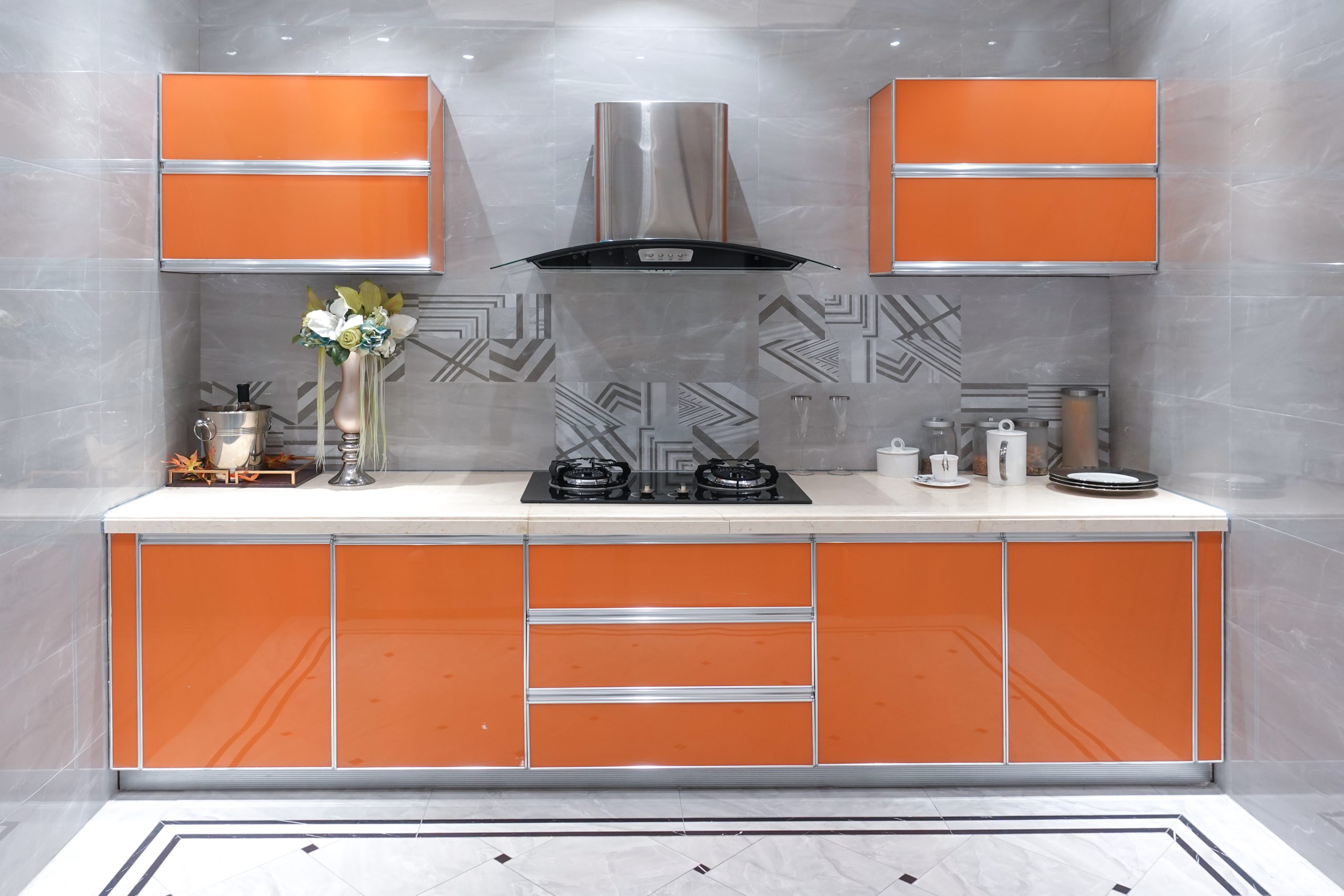
As technology continues to advance, so do the features available in modern range hoods. When selecting a new hood for our kitchens, we should consider some of these innovative features that can enhance both functionality and convenience. One such feature is variable speed control, which allows us to adjust the fan speed based on our cooking needs.
Whether we are simmering a delicate sauce or searing meat at high heat, having the ability to customize airflow can make a significant difference in maintaining air quality. Another exciting innovation is the inclusion of smart home integration capabilities. Many contemporary range hoods can connect to Wi-Fi networks and be controlled via smartphone apps or voice-activated devices like Amazon Alexa or Google Assistant.
This means we can turn on or off our range hood remotely or set it to run for a specific duration after cooking has finished—ensuring that any lingering odors are effectively eliminated without requiring us to be physically present in the kitchen.
Maintenance Tips for Keeping Your Range Hood in Top Condition
To ensure that our range hoods continue to perform optimally over time, regular maintenance is essential. One of the most important tasks is cleaning the filters regularly. Depending on how often we cook and what types of foods we prepare, we may need to clean or replace filters every few weeks or months.
For baffle filters, this typically involves removing them from the hood and washing them with warm soapy water or placing them in the dishwasher for easy cleaning. In addition to filter maintenance, we should also pay attention to the exterior of our range hoods. Grease and grime can accumulate on the surface over time, detracting from its appearance and potentially affecting performance.
We can use mild cleaners specifically designed for stainless steel or other materials used in our hoods to keep them looking their best. Regularly wiping down surfaces will not only maintain aesthetics but also prevent buildup that could hinder airflow.
Installation and Placement Guidelines for Range Hoods in Your Kitchen
When it comes to installing a range hood in our kitchens, proper placement is crucial for optimal performance. As mentioned earlier, the height at which we install the hood should generally be between 24 to 30 inches above the cooking surface; however, this may vary depending on the manufacturer’s recommendations and our specific cooking habits. For instance, if we frequently use tall pots or pans, we might opt for a slightly higher installation to accommodate this.
Additionally, we need to consider the location of ductwork if we choose a ducted model. Ideally, ducting should be as short and straight as possible to maximize airflow efficiency. If ducting through walls or ceilings is not feasible, ductless options may provide a suitable alternative without compromising on style or functionality.
Ultimately, careful planning during installation will ensure that our range hood operates effectively while enhancing both safety and comfort in our kitchens. In conclusion, selecting the right range hood involves considering various factors such as size, type of ventilation system, design aesthetics, energy efficiency, innovative features, maintenance requirements, and installation guidelines. By taking these elements into account, we can create a clean and stylish kitchen environment that meets our cooking needs while promoting health and safety for ourselves and our families.
Investing in a quality range hood is an essential step toward achieving an enjoyable culinary experience in our homes.
If you are looking to upgrade your kitchen, you may also want to consider improving your laundry room. A practical addition to your laundry room could be a sink, as discussed in this article on popular laundry room sink ideas.
Additionally, if you are looking to update your countertops, you may want to read about how to refinish a cultured marble countertop in this informative article.
And don’t forget about your laundry appliances – check out this article on recommended dryers for your laundry needs to ensure you have the best equipment for your home.
FAQs
What are range hoods?
Range hoods are kitchen appliances designed to remove airborne grease, combustion products, fumes, smoke, odors, heat, and steam from the air by evacuation of the air and filtration.
Why are range hoods important?
Range hoods are important for maintaining good indoor air quality by removing cooking by-products and odors. They also help to prevent grease and grime buildup in the kitchen.
What are the different types of range hoods?
There are several types of range hoods, including ducted range hoods, ductless range hoods, under cabinet range hoods, wall-mounted range hoods, island range hoods, and downdraft range hoods.
What factors should be considered when choosing a range hood?
When choosing a range hood, factors to consider include the size of the kitchen, the type of cooking that will be done, the layout of the kitchen, the type of range hood (ducted or ductless), and the CFM (cubic feet per minute) rating of the hood.
What are some popular brands of range hoods?
Some popular brands of range hoods include Broan, Zephyr, KitchenAid, GE, and Bosch.
How do range hoods work?
Range hoods work by capturing the airborne particles and odors produced during cooking and then either venting them outside (ducted range hoods) or filtering them and recirculating the air back into the kitchen (ductless range hoods).






